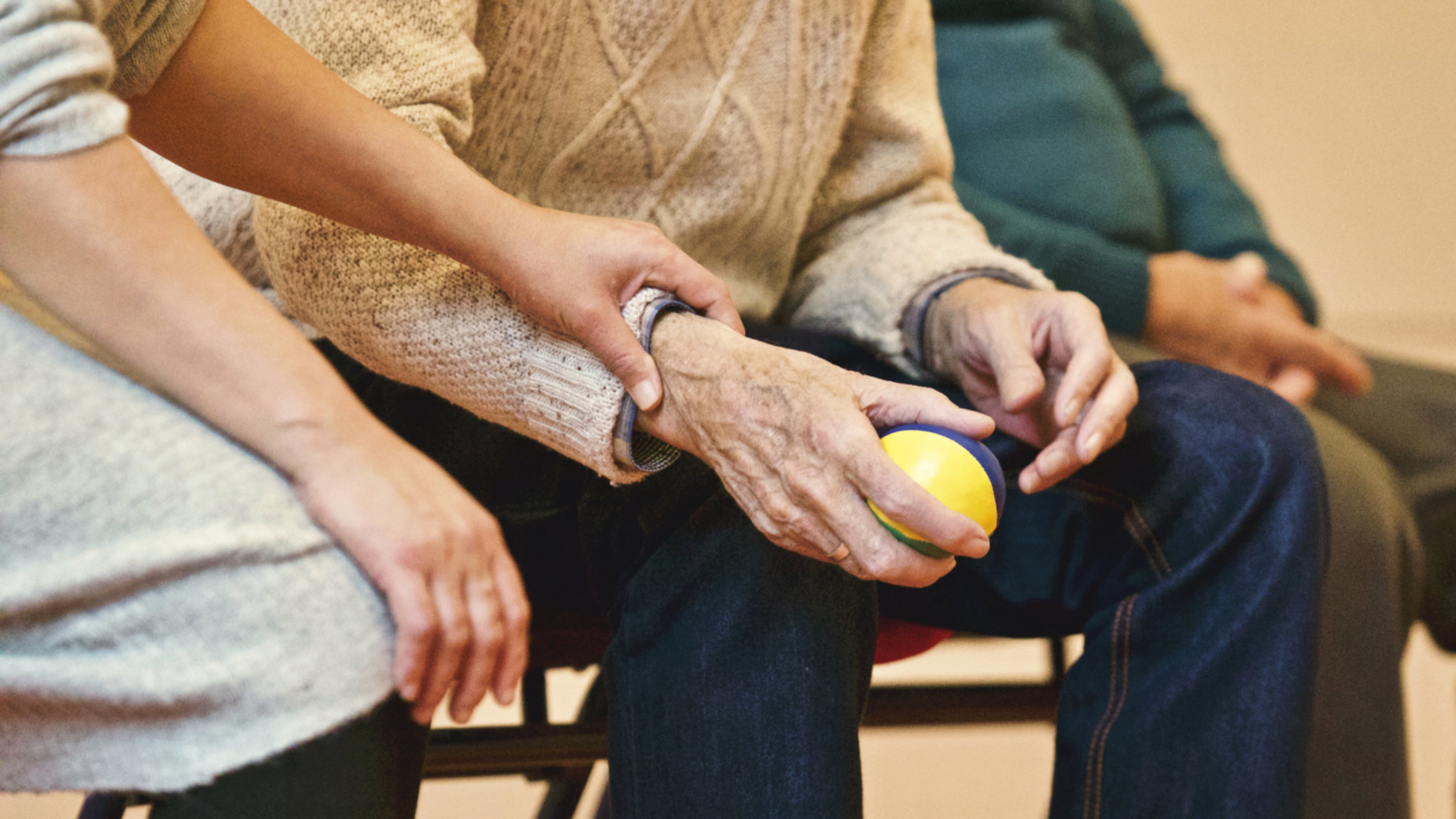Chiropractic
Ask anyone to list all the senses they experience and they’ll tell you sight, sound, smell, taste and touch. Most of us forget the sixth sense - proprioception.
Proprioception is your brain’s ability to perceive where every joint, muscle, tendon, and body part is relative to your surrounding environment. Essentially, it’s your brain’s ability to sense WHERE YOU ARE (to sense whether you are sitting on a stool, or balancing on a beam, or laying on a bed, etc). Think of it this way: go ahead and place your right hand high in the air. Although you can’t see, hear, taste, smell, or touch that hand, your brain can perceive it and know it is there.
World-renowned neurophysiologist Norman Doidge recently wrote a book called The Brain’s Way of Healing. In this book he describes how our brains evolved from the start of time. Physical movement used to be necessary for everything from seeking new environments to finding new food sources. This physical movement occurred simultaneously with all the new learning that was being done by the brain.
Now think about stiffness. Norman Doidge states that “as people become immobile, they see less, hear less, and process less new information and their brains begin to atrophy (deteriorate) from this lack of stimulation”. This is a direct result of immobility and it negatively affects our cerebellum, thalamus, and the association pathways for our senses (see diagram). It is a process that isoccurring far too much in our current culture.
So why do we get stiff in the first place? Well, stiffness has been proven to be a direct result of inflammation and fibrosis. Inflammation is our body’s response to injury, mechanical stress, emotional stress, poor posture, poor diet (too much sugar, processed foods, trans fats) etc. and when we are chronically inflamed it leads to fibrosis in the body at a cellular level. Think of fibrosis like scar tissue (our body’s way of protecting itself). Too much scar tissue, especially in and around our joints, leads to stiffness and immobility.
That increase in stiffness leads to a decrease in proprioceptive input to the brain. That decrease in proprioceptive input and information to the brain has a negative effect as it decreases stimulation to those association pathways resulting in decreased sensation and lower brain activity. So not only does inflammation and immobility make your joints stiff, but it also harms your brain!
So what can you do about it? The chiropractic adjustment, when delivered properly, helps to remove stiffness so that you can more effectively get proprioceptive feedback back to the brain. It does this by stimulating the joint receptors so the brain can more accurately sense where all your joints, muscles, tissues etc. are in space allowing your body to move more effectively. Not only that, but information is more effectively relayed through the cerebellum and thalamus (where 80% of our brains neutrons are), and out through the association pathways allowing you to more accurately perceive your environment. This allows you to gain more information, and when you have more information you can make judgements and decisions more effectively allowing you to have your needs met, and improving your quality of life. Moral of the story? - Stay mobile, eat healthy, and get adjusted.
References:
Doidge, Norman. The Brain’s Way of Healing. 2015
Lecture credit: The Source Chiropractic, Oakland CA


